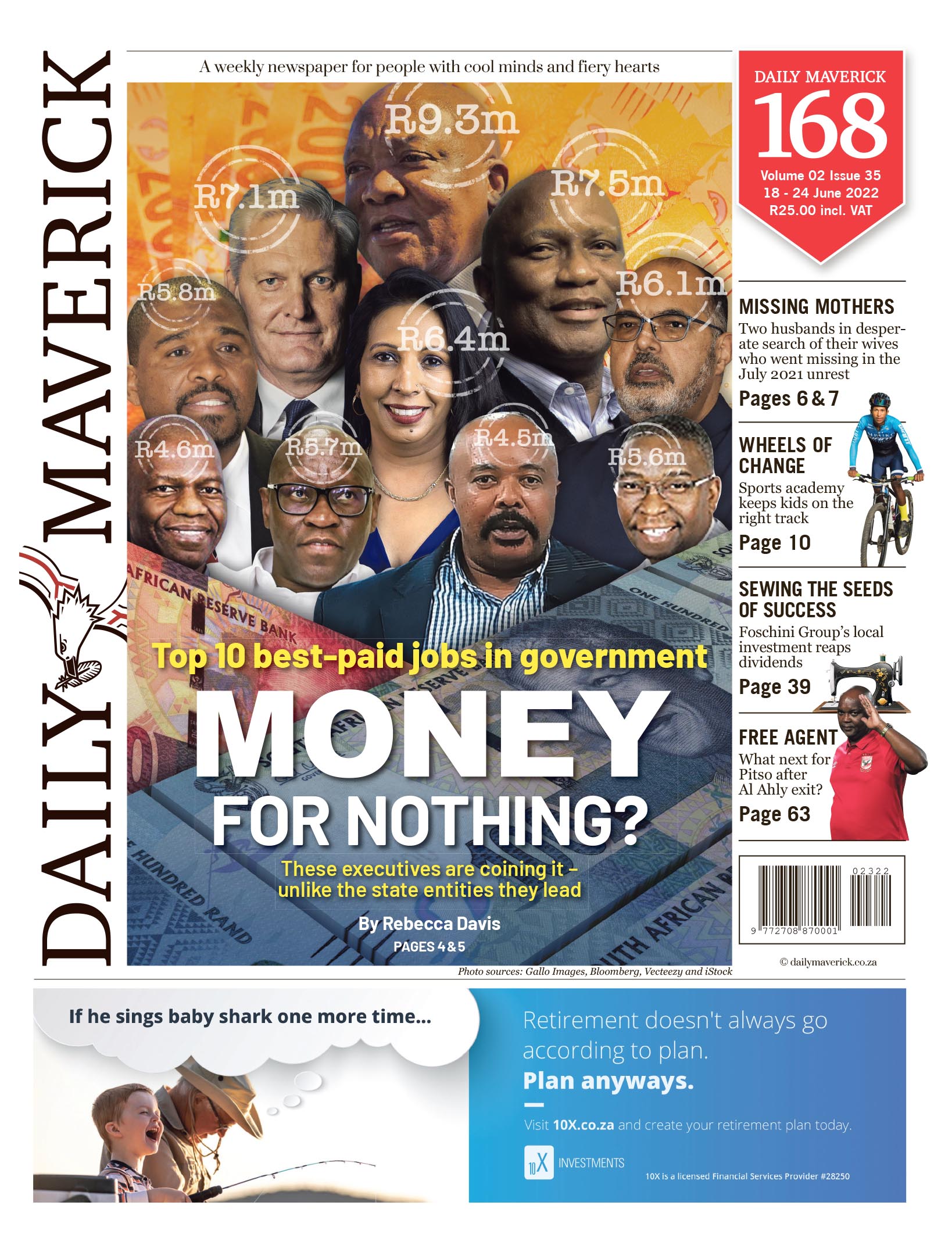Last week felt like it was pivotal, for a number of reasons. First of all were the US inflation numbers, released on 10 June. It is impossible to describe them in any way other than catastrophic. Any hope that we had seen peak inflation was extinguished within minutes of the release. On every measure – core, energy prices, housing – price levels in the US continue to rise at previously unthinkable rates.
Markets imploded. First was the US two-year bond yield, which for the first time since 2008 blew past the psychologically important 3% level. The sheer extent and speed of these moves have astonished even seasoned market observers. As recently as September the US two-year bond was anchored at about 0.2%, with the bond being in its usual sleepy and forgotten corner of the fixed-income universe, where almost nothing of great excitement ever happens. In the past few months the selling has been relentless. The yield curve, that harbinger of recessions and prophet of doom, duly inverted for the first time since April.
Equities too have not been spared. After the dead cat bounce of May, we are now officially in bear market territory, with the S&P 500 down more than 20% from its highs, with across-the-board fire sales showing no signs of easing. Things in crypto are even more disastrous. Bitcoin is down more than 66% from the highs of late last year and at levels last seen in 2020.
What is driving this capitulation is no mystery. It is now becoming abundantly clear to even the most optimistic of observers that the governor of the Federal Reserve, Jay Powell, has an increasingly grim and purely binary decision to make: either allow inflation to run amok or drive the US – and most likely the global – economy over the cliff into a deep and protracted recession.
It is now clear he has chosen the latter, with interest rates now forecast to be hiked by half a percent at every meeting for the rest of the year, with potentially some 75bp moves to come. The last time high-yield bonds were at these levels, the Fed was buying to stabilise things. Now they are selling. The effects of this on the housing market, on the consumer, on unemployment, will be extremely and profoundly negative.
Second, things in Europe are almost as gloomy. The usually somnambulant world of European debt markets was viciously awoken last week with an uncharacteristically hawkish statement by Christine Lagarde, the president of the European Central Bank. For the first time last week she was forced to confront the reality of the Eurozone facing the most persistent inflation since its inception. Interest rate hikes have now been flagged for September, if not before. Bond purchases by the central bank are rapidly being curtailed.
As would be expected, the key indicators of Eurozone financial stress – the bond yields of “Club Med” countries – rocketed. Yields of Italian, Greek, Spanish and Portuguese debt reached levels not seen since the darkest days of the Eurozone crisis.
Finally, this week confirmed that, just as South Africa’s democracy staggers into an increasingly unpredictable period, so too does its economy. Hit by deteriorating global economic conditions, business confidence in May was at its lowest level since September 2020. SA government bonds and equities have sold off in line with international markets, with 10-year government bond yields fast approaching 11%, a level not seen since the darkest days of the pandemic. The exchange rate duly crashed past the critical level of R16 to the dollar. Unemployment looks set to resume its usual upward trend.
The prognosis, therefore, has gone from bad to worse. It remains to be seen just how difficult things will get for the global economy before inflation subsides and growth returns. Indicators, at this stage, make it hard to be optimistic. Hang on tight, this ride has just begun. DM168
This story first appeared in our weekly Daily Maverick 168 newspaper, which is available countrywide for R25.

















 Become an Insider
Become an Insider
Comments - Please login in order to comment.